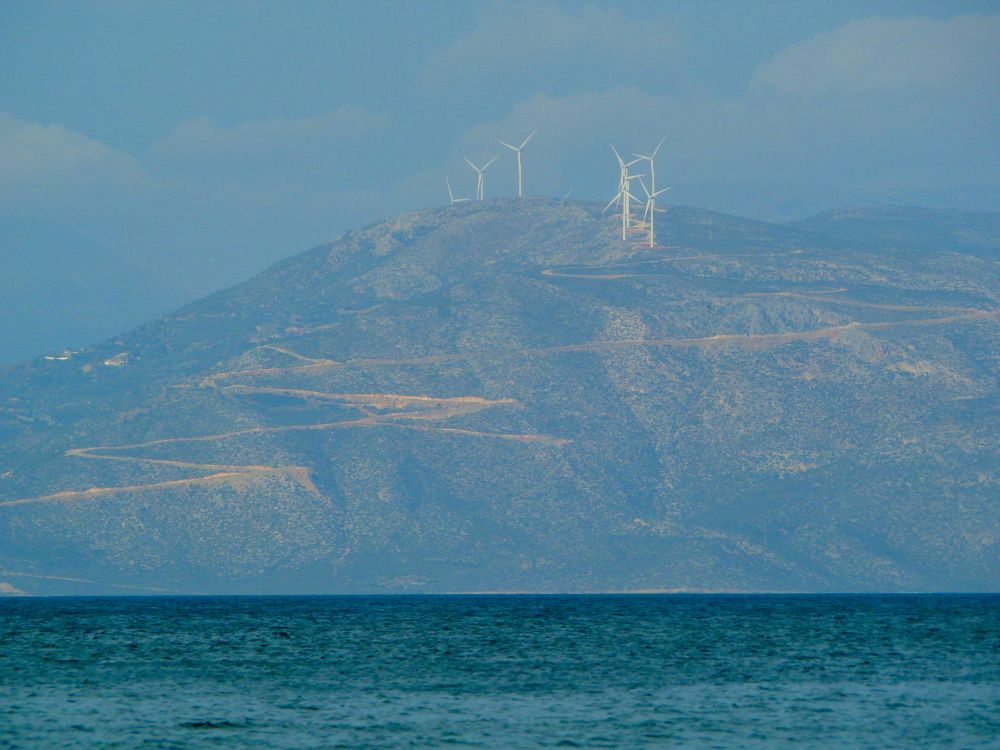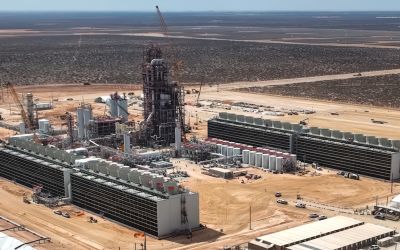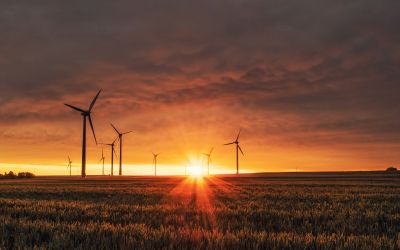Ahead of COP26, IEA report finds clean energy progress is still too slow to reach net zero by 2050
As COP26 approaches, IEA’s World Energy Outlook makes it clear that action is needed by governments in Glasgow to accelerate the global transition to net zero.

As COP26 approaches, IEA’s World Energy Outlook makes it clear that action is needed by governments in Glasgow to accelerate the global transition to net zero.
IEA’s outlook, designed as a handbook for the COP26 Climate Change Conference in Glasgow, offers a critical opportunity to accelerate climate action and the clean energy transition.
Despite the growth of solar and wind energy globally, coal consumption is still rising which has pushed CO2 emissions to their second largest annual increase in history.
Fatih Birol, the IEA Executive Director, said: “The world’s hugely encouraging clean energy momentum is running up against the stubborn incumbency of fossil fuels in our energy systems.”
“Governments need to resolve this at COP26 by giving a clear and unmistakeable signal that they are committed to rapidly scaling up the clean and resilient technologies of the future.”
The report sets out different scenarios over the next three decades including the Net Zero Emissions by 2050 Scenario, which is consistent with limiting global warming to 1.5 °C.
The Stated Policies Scenario is based on energy and climate measures governments have already put in place. This path will achieve net growth in energy demand by 2050 with low emission sources.
The Announced Pledges Scenario ensures that all the governments net zero emission pledges are fully implemented in time.
Fatih Birol, the IEA Executive Director, said: “Today’s climate pledges would result in only 20% of the emissions reductions by 2030 that are necessary to put the world on a path towards net zero by 2050.”
“Reaching that path requires investment in clean energy projects and infrastructure to more than triple over the next decade. Some 70% of that additional spending needs to happen in emerging and developing economies, where financing is scarce and capital remains up to seven times more expensive than in advanced economies.”
The World Energy Outlook highlights the need for additional investment to reach the goal of net zero by 2050. This investment would create a market for wind turbines, solar panels, lithium-ion batteries, electrolysers, and fuel cells of well over 1 trillion dollars a year by 2050.
More than 40% of the required emissions reductions would come from measures that pay for themselves, such as improving efficiency or limiting gas leakage.
Read the full report here.
Want to be involved in the most important climate meeting of our generation? Register for the Sustainable Innovation Forum at COP26 today to hear from global climate leaders.






